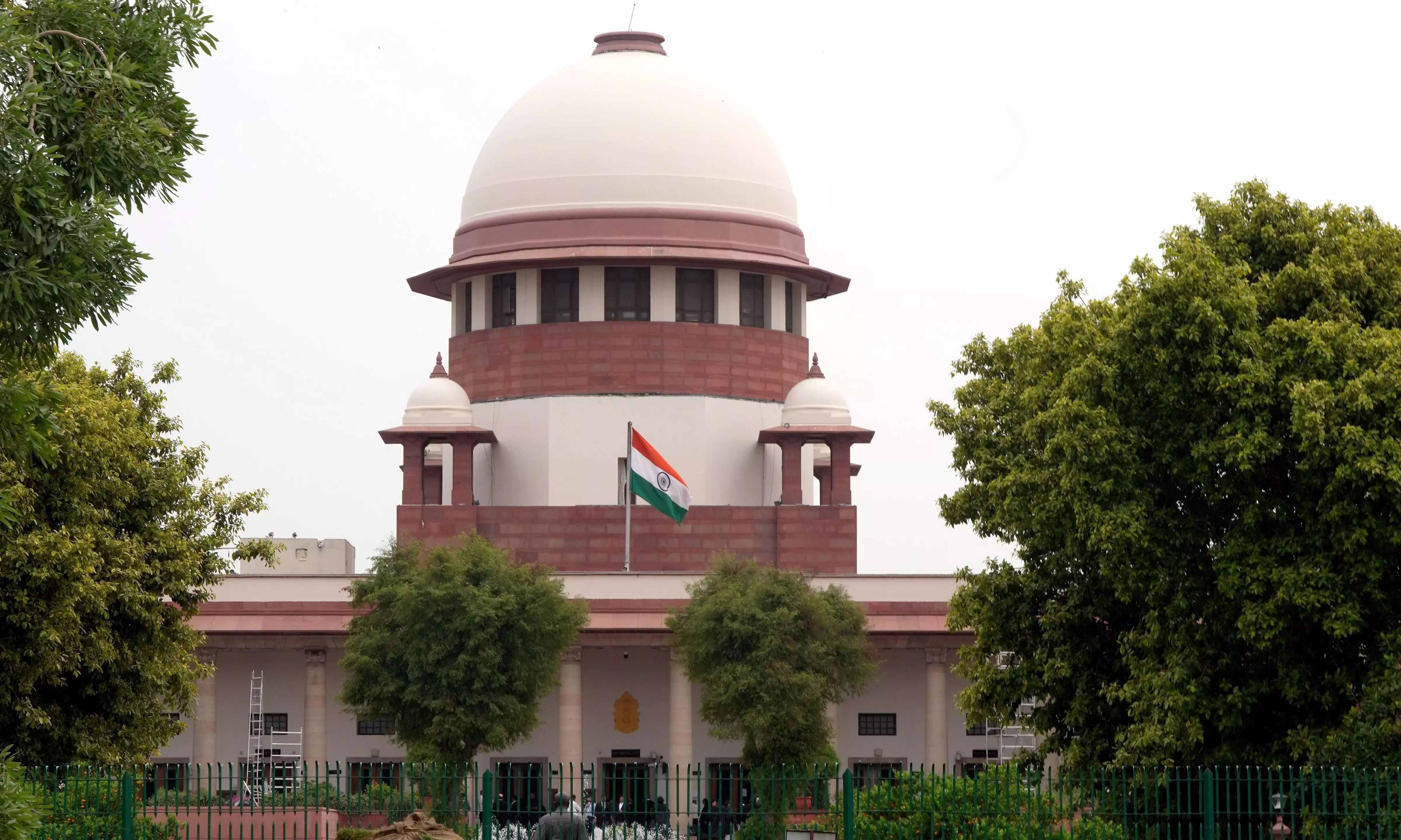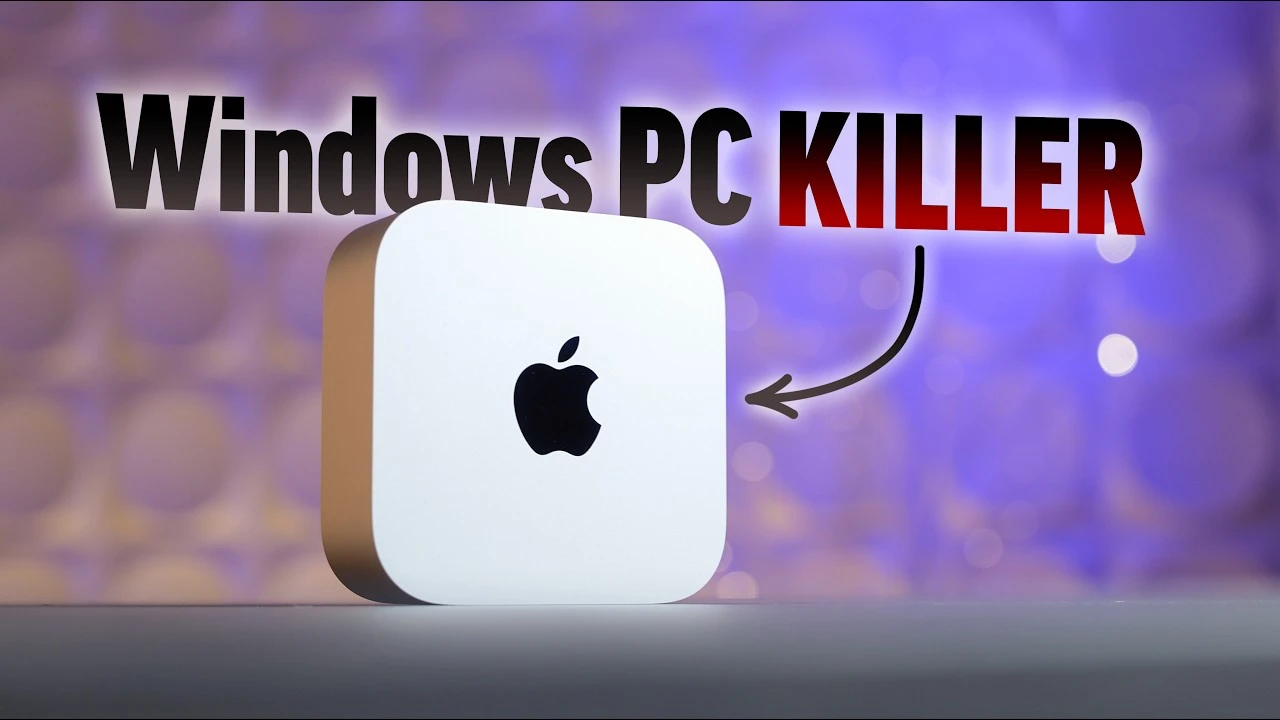
This story is from an installment of The Oeno Files , our weekly insider newsletter to the world of fine wine. Sign up here. Of the many threadbare cliches passed down among wine lovers, the idea that white wines do not merit aging is among the most egregious.
Yes, a lot of white wines are made to be enjoyed within the first year after bottling, but there are many examples of whites that will not only benefit from a few years of additional maturation in the bottle but will gain layers of complexity that will make them far more enjoyable than if they had been opened young. We often drink older white wines, especially Burgundy and Riesling , but the event that moved us to really consider the issue was a tasting and dinner at Trimbach in Alsace featuring multiple vintages of its famed Clos Sainte Hune Riesling dating back to 1967. Members of the 12th and 13th generation of the Trimbach family made a bold choice when pouring the 1967.
More recent vintages served earlier in the lineup had been poured in flights of three, but the ’67 shared the bill with two incredible red Burgundies, Marquis d’Angerville 2009 Volnay Premier Cru Clos des Ducs and Méo-Camuzet 2005 Clos de Vougeot Grand Cru. Each of those was amazing in its own right, but the Clos Sainte Hune 1967, served alongside pigeon topped with foie gras and truffles, was the shining star of the flight and the night. Time had altered its once-brilliant gold color to the hue of lightly brewed black tea, but aromas of Anjou pear, baked apple, and toasted almond hinted to the wine’s astonishing freshness.
It was almost meaty on the palate, with flavors of Bartlett pear, dried apricot, salted cashew, and closing notes of toffee and crème brûlée. With gorgeous mouthfeel and bold acidity, it had an almost Sherry-like quality but was still incredibly youthful. “When it comes to ageing, Riesling stands out,” says Anne Krebiehl, a critic for Vinous who focuses on Germany , Austria, and Alsace and dined with us that evening.
“It has this uncanny ability to just last, cruise at altitude for a long time, without declining.” Not all Rieslings are built to hold on indefinitely; Jean Trimbach explains that aging potential depends on the terroir and age of the vines. “At Clos Sainte Hune, we are talking about 50- to 70-year-old-plus vines going deep in the soil where minerals are found,” he says.
“Not just minerals but dry extracts which complete the picture. Not to forget the natural ripe acidity, tartaric acidity, which is found into the Clos Sainte Hune thanks to the pure limestone coupled with Muschelkalk,” soil rich with degraded seashells that are prevalent in Alsace. “Riesling is a very versatile animal,” says famed German winemaker Egon Müller.
“It can transport the taste of the soil like no other grape variety. If you do it just right in the right place it can be an unbelievably fine wine with great aging potential.” Sales of white wine are up, and that could be for a few reasons.
“I think it is because a combination of factors: more awareness of alcohol on the one hand, on the other also the desire for lighter things in cooking, even in fine dining, and the wish for more transparent flavors,” Krebiehl says. She’s right about that—we’re all eating lighter, and drinking lighter is a natural corollary to that. In addition to Riesling, dishes featuring chicken, seafood, and vegetables do really well alongside wines such as white Bordeaux , made primarily with Sémillon and Sauvignon Blanc , and the wine world’s favorite Chardonnay : white Burgundy.
We often work while on the road visiting wine regions, and this dispatch is no exception. Writing from Burgundy while attending the 164th Hospices de Beaune wine auction, we dined at the home of winemakers Laurent and Catherine Delaunay, proprietors of Maison Edouard Delaunay in the hills just above Nuits-Saints-Georges . They were pleased to help with our research and poured a bottle of Domaine Vincent Bouzereau 2000 Meursault, made by one of Laurent’s cousins.
No one could believe it was 24 years old; its flavors of Seckel pear, Gala apple, apricot marmalade, and butterscotch wrapped in vivid acidity and strong minerality made it seem like a much more recent vintage. Although over-oaked and overripe Chardonnay from other regions may not age as gracefully due to lack of acidity, that’s the case in Burgundy. “It is the best acidity of any Chardonnay in the world, thanks to the region’s coolness and mineral-rich soils,” Laurent says.
While auctions may be thought to be bastions of red wine, whites do surprisingly well on the block. At a recent sale of treasures from Château La Mission Haut-Brion , the rare mature white wines produced under the Château Laville Haut-Brion label, performed strongly. Every available vintage from 1968 through 2010 was sold, with some older lots far exceeding their estimate.
In addition to aged Bordeaux, the demand for older Burgundy is strong. “Our top lot in the Hospices de Beaune sale in 2023 was a white wine, Bâtard-Montrachet, Dames de Flandres, which sold for $412,000 for the barrel,” says Nick Pegna, global head of wine and spirits at Sotheby’s. Acidity is one of the prime qualities that preserves wine over the years, so Sémillon, one of the white grapes of Bordeaux, is a prime candidate for long cellar aging.
Jérôme Moitry, general manager of Château Climens, which in addition to luscious Sauternes makes a dry white called Asphodèle, explains that acidity isn’t the only factor. “The texture and structure of this grape variety, coming from its relatively high level of tannins, as well as its thick skin, protecting against oxidation, are certainly what characterize the best Sémillon,” he says. “At full maturity, beyond 15 years, the color deepens to take on straw to gold tones, while the wine gains complex tertiary aromas.
Throughout this long evolution, Sémillon typically keeps its lively acidity.” Beyond Riesling, white Bordeaux, and Burgundy , Master of Wine Sarah Abbott is a fan of aged Chenin Blanc, whether from Savennières or South Africa, as well as Assyrtiko from Santorini, Italian Soave, Greco, and Fiano, plus Hungarian dry Furmint. “There’s so much richness to explore,” she tells us.
“And I think that ageing for five years in the service of that magical complexity is just as important as ageing for 25 years.” Abbott considers aged wine the reward of having patience: “Character plus balance plus time unlock a new taste dimension that you cannot access in any other way.” Abbott’s off-the-beaten-rack suggestions got us thinking about another totally under-the-radar grape, Albillo Mayor, an indigenous Spanish variety that has been grown in Ribera del Duero for centuries but was only given the DOC’s blessing in 2021.
One of the best versions is from Bodegas Valduero, where winemaker Yolanda García Viadero has been bottling it since the early 1990s, when she and her sister Carolina bought some new vineyards that included 12 acres of Albillo. Yolanda was one of the driving forces for legitimizing the variety and began making a long-aged reserva -style version before it was even permitted. Just released now, Bodegas Valduero 2016 Blanco Reserva has beautiful flavors of nectarine, Golden Delicious apple, white chocolate, dried thyme, and a hint of smoke wrapped in a creamy texture with a bold vein of acidity.
We think it will mature beautifully for another 10 years. Like many of the white wines we’ve been trying of late, good things come to those who wait. Do you want access to rare and outstanding reds from Napa Valley? Join the Robb Report 672 Wine Club today .
.













